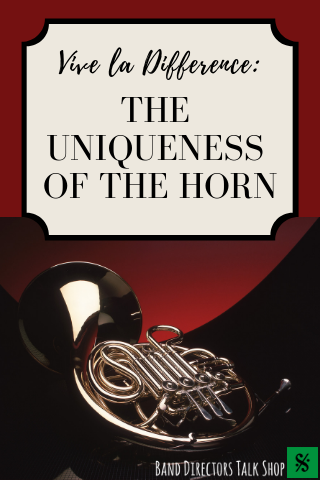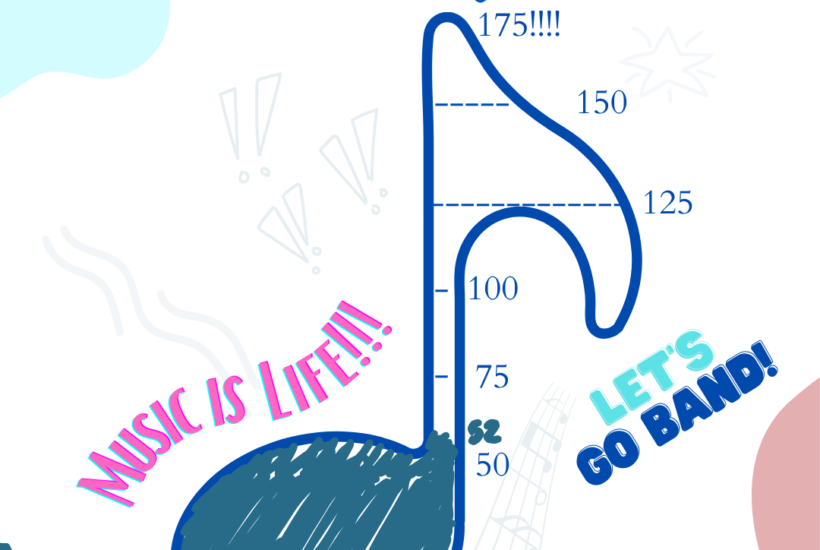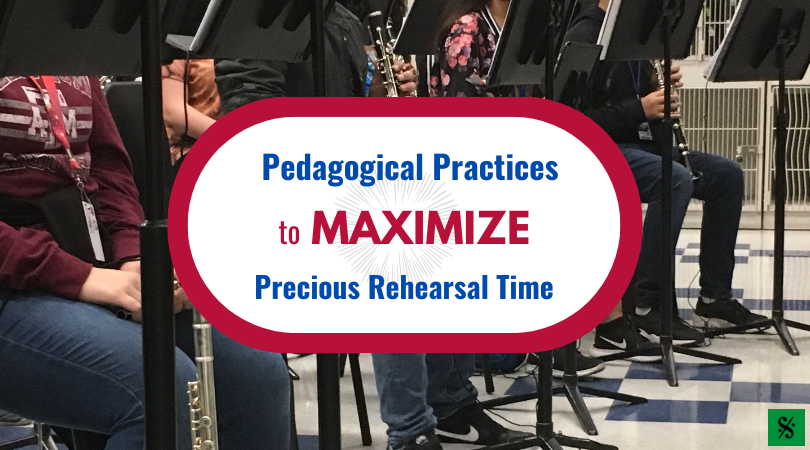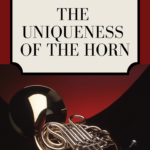
Hey, don’t point that at me!
If one thinks of the famous solos from the standard repertoire written for the horn (the opening solo to the first movement of Brahms Piano Concerto No. 1, the solo from the second movement of Tchaikovsky’s Symphony No. 5, or the theme from the orchestral introduction to the first movement of Dvorak’s Concerto for Cello), the unique characteristic tone quality of the instrument is inextricably identified with the sound of that solo.
That special sound is in large part due to the fact that the bell of the horn faces to the rear and a large portion of the sound of the horn is reflected sound. The importance of this component of the sound and it’s contribution to the unique characteristic tone quality of the horn must not be neglected or underestimated.
-very clear and distinct articulation coupled with exaggerated delineation of the musical nuances.
– and have a reflective surface (not a curtain or open backstage) in close proximity (2-3 yards) to help them get their sound once formed out to the audience.
This article was submitted as part of our TMEA Clinic Preview Series by Jeffrey Powers, professor of horn at Baylor University. He is the principal horn in the Abilene Philharmonic and Waco Symphony Orchestra. You can read more about him here.
Related Reading:
Posture for the Developing Horn Player
Avoiding the Most Common Pitfall – Tension!
Three Tips for Improving Stopped HornIf you would like to receive our weekly newsletter, sign up here.
Don’t forget to like us on Facebook too!
Learn. Share. Inspire.
BandDirectorsTalkShop.com






Leave a Reply
You must be logged in to post a comment.